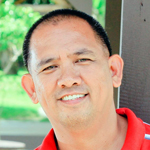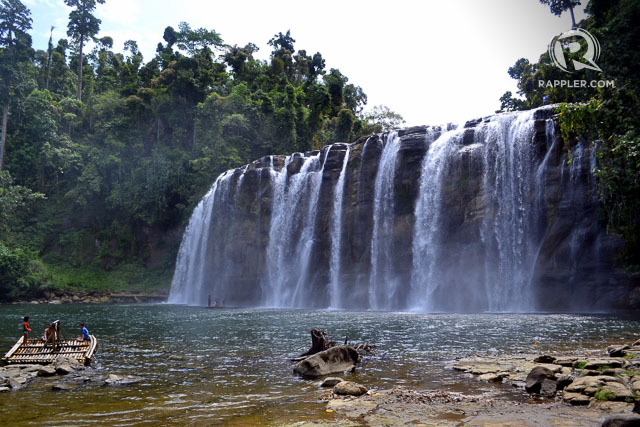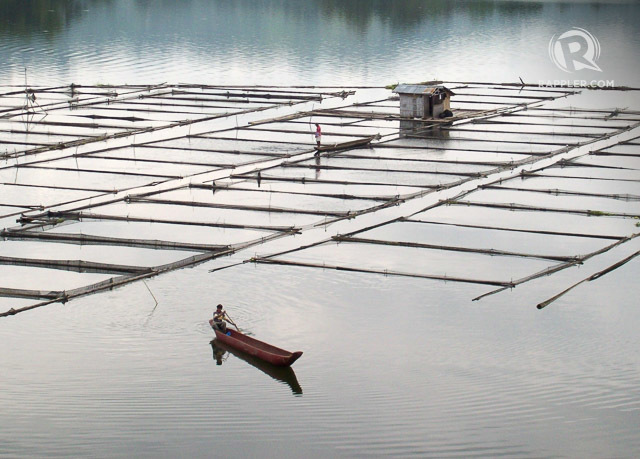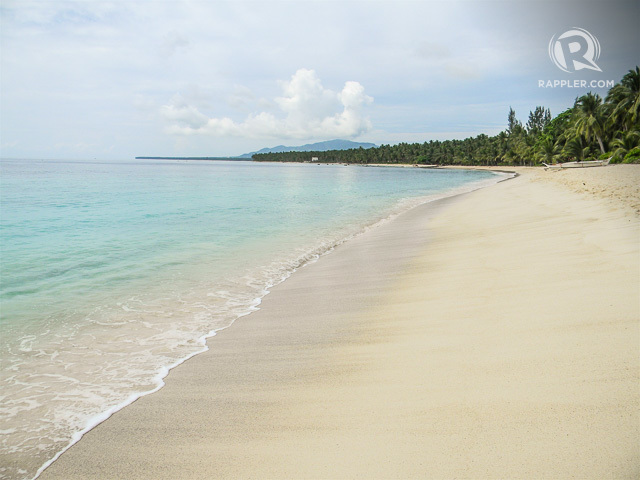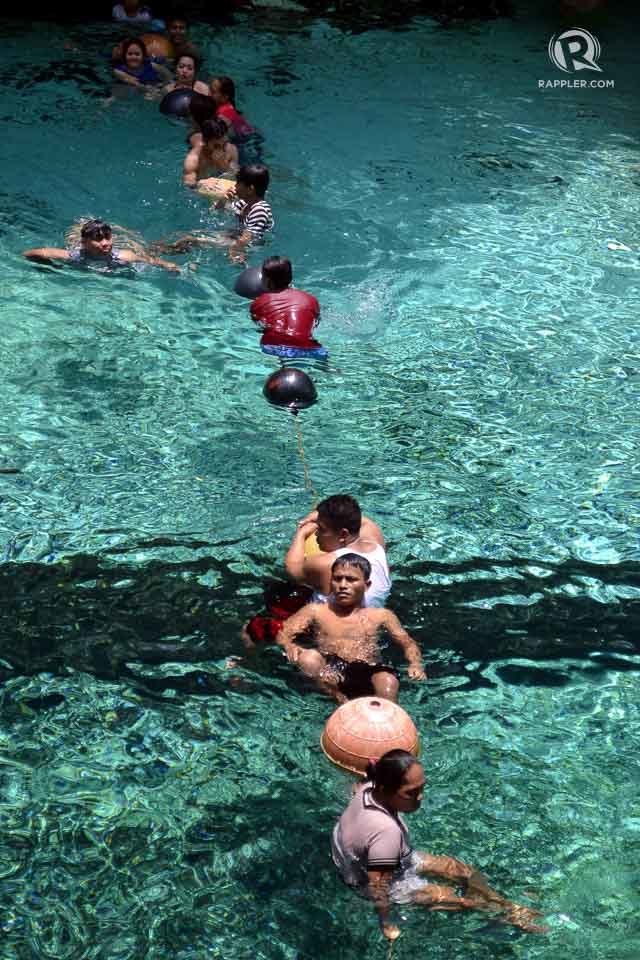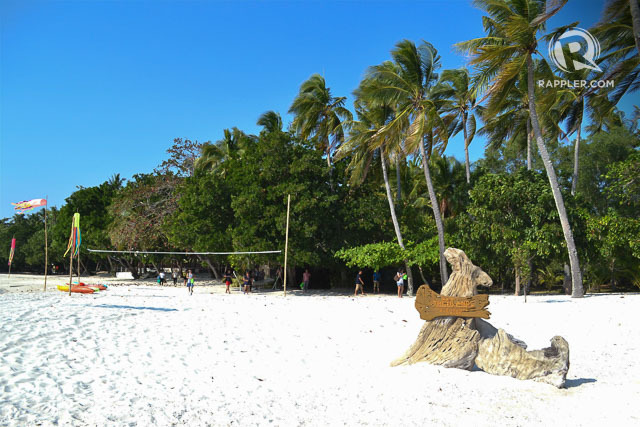Atty. Ferdinand Taglucop dreams that the Philippines could produce its own brand of wine which will be famous not only in the country, but around the world as well.
By Henrylito D. Tacio
Wine is as old as history. In fact, the Bible has its own share of wine stories. The most famous one happened in Cana, where transformation of water into wine is the first miracle attributed to Jesus, as recorded in the Gospel of John.
Wine has been produced for thousands of years. The earliest remnants of wine as we now know it was discovered in the site of Jajji Firuz Tepe, in the northern Zagros Mountains of Iran.
When we speak of wine, we are referring to the fermented juice of grapes, particularly Vitis vinifera. When other fruits are fermented to produce a kind of wine, the name of the fruit is included, as in the terms peach wine and blackberry wine.
More than half of the world’s wine is produced by only four countries: Italy, France, Spain and the United States. The following countries contributed less than half of the world’s wine needs: Argentina, China, Australia, Chile, Germany, South Africa, Portugal, Romania, Russia, Hungary, and New Zealand.
That said, new and unexpected countries are constantly gaining recognition for both their wine production and the high quality of wines produced. Who knows, the Philippines might join this list in the future.
That’s what Atty. Ferdinand Taglucop is dreaming of–that the Philippines could produce its own brand of wine which will be famous not only in the country, but around the world as well.

White wine is stored in stainless steel containers. (Henrylito Tacio)
That’s a tall order, indeed. “I have always been fascinated with wine,” recalls Atty. Taglucop, who’s not only a practicing lawyer but also owner of a travel agency.
In their travels abroad–Europe, United States, Canada, and other Asian countries–he and his wife always take the time to visit vineyards and taste wines. He wondered why the Philippines isn’t producing its own wine when the country is number 135 among other countries in wine consumption per capita.
Atty. Taglucop thinks of producing his own brand of wine. But before he could do it, he needed good sources of grapes–lots of them. And he discovered that only a handful of Filipinos are planting the crop.
So, he started growing grapes as a hobby in barangay Tacunan in Tugbok District of Davao City. He planted mostly seedless table grapes and wine varieties in his 3.5-hectare farm. “In the beginning, my sources of planting materials were local,” he said.
After three years of planting grapes, he found out that not all grapes were good. Some varieties could not be eaten as they were sour. There were sweet varieties but the fruits they produced were few and far-between. Others were attacked by pests and diseases. All these were the reasons, he believed, why most of those who planted grapes didn’t prosper and discontinued what they had started.

The period during which flowers are open is called ‘bloom’ and can last from one to three weeks. (Henrylito Tacio)
Despite all these obstacles, Atty. Taglucop persisted. He studied the right ways to grow grapes through internet research. He sourced seeds and cuttings every time he and his wife went out of the country. He experimented with various varieties of grapes from temperate to semi-temperate countries.
He planted about 60 varieties on his farm. Not all of those he planted thrived. He eliminated the varieties that didn't grow well, didn’t produce enough fruits, or whose fruits were sour. Varieties that could not survive the tropical climate were also discarded, along with those susceptible to pests and diseases.
“Planting grapes is not easy,” admitted Atty. Taglucop, who is also an agricultural engineering graduate. To enhance his chances, he decided to enroll in a post graduate Certificate Course on Winemaking and Viticulture with the University of California-Davis Campus (UC-Davis), the leading university supporting the vineyards and wineries in Napa Valley and beyond. After two years of study online and visiting the university several times, he finally received his certificate of completion.
After eight years of experimenting and trials, he found seven world-renowned varieties of grapes that have good potential for production and making quality wines in his area. Not necessarily in the order, these are: Shiraz (from Australia), Moldova (from Ukraine), Chardonnay and Petite Sirah (from France), Freisa (from Italy), Moscato (from Israel), and Chenin Blanc (sourced from Gran Monte, Thailand). He also has a sweet and aromatic variety which he called Davao Delicious from a Muscat variety parentage.
Actually, Atty. Taglucop admitted that he started growing grapes as a hobby, albeit with an eye on farm tourism. “But the big dream is really the winery because that’s the main thing in other countries,” he said.
Right now, The Vineyard Davao, as he calls the place, is not yet open to the public as he is still in the production stage to increase his inventory of bottled wines before the winery opens. He is not keen on engaging solely in the business of “grape picking" as the same may not be economically viable since you harvest grapes only every six months. “In-between, what will you do since you don’t have any harvest? So, you don’t have business. You close the farm for business but you still have to spend to maintain the vineyard,” he said.
In other countries, people who grow grapes have wineries, so they are open all the time because wine is available all year-round. People can visit the place even if the grapes are not bearing fruit because they can always have wine, he said.
Although it is not yet open to the public, some people have already enjoyed tasting his wines straight from the barrels in his cellar through privately arranged wine tasting and food pairing events. The farm caters to a minimum of 10 persons per group. Interested groups must book first before coming or else they will be denied entry.
Growing grapes is easy in theory, but in reality, it is difficult. In fact, even after eight years, he keeps on experimenting. According to him, he plants the seedlings at around one-foot deep. “The roots of full-grown vines can go as deep as 15 feet although most of the roots grow up in the top three feet of soil,” he said.

Planting materials are kept in the shade before they are fully exposed to sunlight. (Henrylito Tacio)
Since grapes are creeping plants (vines), they have to be provided with trellises. For him, the easiest and most economical trellis to construct and maintain is vertical shoot positioning with four wires, 8 feet above the ground and is well anchored on each end.
From planting up to around one year and before the first pruning to make the vines bear fruits, he fertilizes his grape vines with complete fertilizer (14-14-14) and calcium nitrate plus supplementary micronutrients. Fertilization, a necessity in grape growing, is done every month.
He also broadcasts chicken dung and/or vermicast once every six months. “During pruning and fruiting, we fertilize them according to the specific needs of the vines during its phenological stage,” he said. “It is advisable to take a leaf, petiole or at least soil sample to optimize inputs.”
If there is no rain for a week, he irrigates the crop twice. “But considering that we always have rain events at least twice a week, we don’t irrigate our grapes most of the time,” he said.
Harvesting is done twice a year. He harvests 5-10 kilograms from his fully-grown mature vines. “We have grape picking activity during harvest,” he said.
Depending on the weather, he prunes the canes in order for the grapes to bear fruits again. Pruning is done at least one month after harvesting. “We don’t want to prune during rainy days because of possible fungal/bacterial/viral infection on freshly cut canes,” he said. “Rain events are also not good during the flowering stage and harvesting season.”
The cuttings after pruning are used for seedling propagation. Cuttings from diseased or infected vines are discarded. “We cut the canes to 3-4 nodes, bundle them in 20s to 30s, soak them in water with small fungicide and chlorine to sanitize and bury them in river sand,” he said.
The cuttings are taken out from where they were buried out once they have already rooted. “That is the time we bag them separately,” he said, adding that the size of the bag is 6-8 inches by 12-14 inches.
Before they can be transplanted in the field, the seedlings are exposed to morning sunlight only within 20 days. “After that, they are exposed to 75% sunlight for the next two months or so. Then to full sunlight at least one month before they are transferred to the field,” he said.
As stated earlier, the grapes are grown mainly for wine (although some of them can be eaten). “Wine making starts with harvesting the grapes at the optimum time: right brix (sweetness measurement), right acidity and right flavor,” he said.
The harvested grapes are processed into wine within five hours from harvest to optimize flavors. “Only the full-ripe and undamaged grapes are processed into wine,” he said.

These grapes are ready for crushing. (Atty. Ferdinand Taglucop)
After the grapes are harvested, they are transported to the winery, sorted for quality grapes, then crushed and destemmed.
For red wine, the crushed grapes (juice, skins, flesh and seeds) are fermented for two weeks. These are pressed afterwards and aged in barrels for six to 12 months. After that, they are filtered and bottled.
For white wine, the crushed grapes are immediately pressed, fermented without skins, seeds and pulps for two weeks or so. These are aged in stainless steel for at least six months and then filtered and bottled.
Right now, one of his dreams is to put up a restaurant, as well as wine tasting rooms in the middle of his vineyard in Tacunan. “Guests and visitors can stroll, harvest grapes, do grape stomping, do wine-tasting and food pairing, dine, chill and experience vineyard feels without necessarily going out of the country,” he said. “Hopefully, this dream can be materialized soon.”
He can do so only if he has enough wine already. So far, he has about 20,000 bottles of wine available. “We intend to stockpile around 50,000 bottles before we open the winery to the public,” he said.

Purple grapes. (Atty. Ferdinand Taglucop)
With a postgraduate Certificate Course on Winemaking and Viticulture from UC-Davis, he is confident to produce some of the country’s best wines.
When asked what makes grape growing and wine making challenging, he replied: “Our weather remains the main challenge to grape growing and winemaking. In a humid and rainy environment like ours, fungus thrives. If not properly dealt with, quality grapes will never be had; worse, the whole vineyard will possibly be wiped out.
“Furthermore, resources or information on grape growing and even proper education, technology and proper planting materials are not available here,” he added. “It is really challenging. So, we need to be resourceful.”
Atty. Taglucop believes that grape growing and wine making are highly intertwined. “As the saying goes, ‘One cannot make good wines from bad grapes.’ In like manner, ‘One can make bad wines from good grapes.’ So, it is important to study not only on how to grow grapes but also on making wine – the proper unadulterated wines that we all can be proud of.”
Aside from the 3.5-hectare farm in Tacunan, Davao City, he also grows grapes in a 10-hectare farm in Barangay Kipilas in Kitaotao, Bukidnon. “In God’s time, we may start a small harvest next year,” he said. “This will support the winery in Davao. Who knows, it may become another winery site in the future if God will allow it.”

People can visit the farm and do harvesting. (Atty. Ferdinand Taglucop)
Atty. Taglucop has all the support from his family. His wife, Jenny, manages their travel agency (Infinity Travel) and Taglucop Strawberry Hills, a glamping resort located in Lorega, Bukidnon. The couple has four children: Hugh Gabriel, Fiona Gabrielle, Zeki Gabriel and Zia Gabrielle. “They are all named Gabriel because we prayed that they become ‘men and women of God,’” he said.
To prepare him for the future expansion of the family business, the eldest son, Hugh Gabriel, is taking up Bachelor of Science in Oenology and Viticulture at the University of Adelaide in Australia. It is a four-year course. “This is for sustainability and continuity and to further enhance the quality and integrity of our vineyard and wines,” Atty. Taglucop pointed out.
“Dreams do come true,” Atty. Taglucop stressed. “Yes. However, they do not just fall on your lap while you are sleeping. You have to work (hard for it to happen). Always look at the bright side of things. Be optimistic but also be ready to fail. For us, things happened because we love what we are doing.
“We did not think of money or business at the start,” he continued. “It was very challenging but the joy of this kind of farming sustained us. The wishful thinking of living in a vineyard (vineyard feels), enjoying pure fermented grape juice (wine) straight from the barrels and seeing your children running around and picking sweet and delicious grapes straight from the vine is something.”
Meanwhile, the experiments continue. “We will do our best until God leads us to a beautiful future,” Atty. Taglucop concluded.
Photos by Henrylito Tacio and courtesy of Atty. Ferdinand Taglucop





